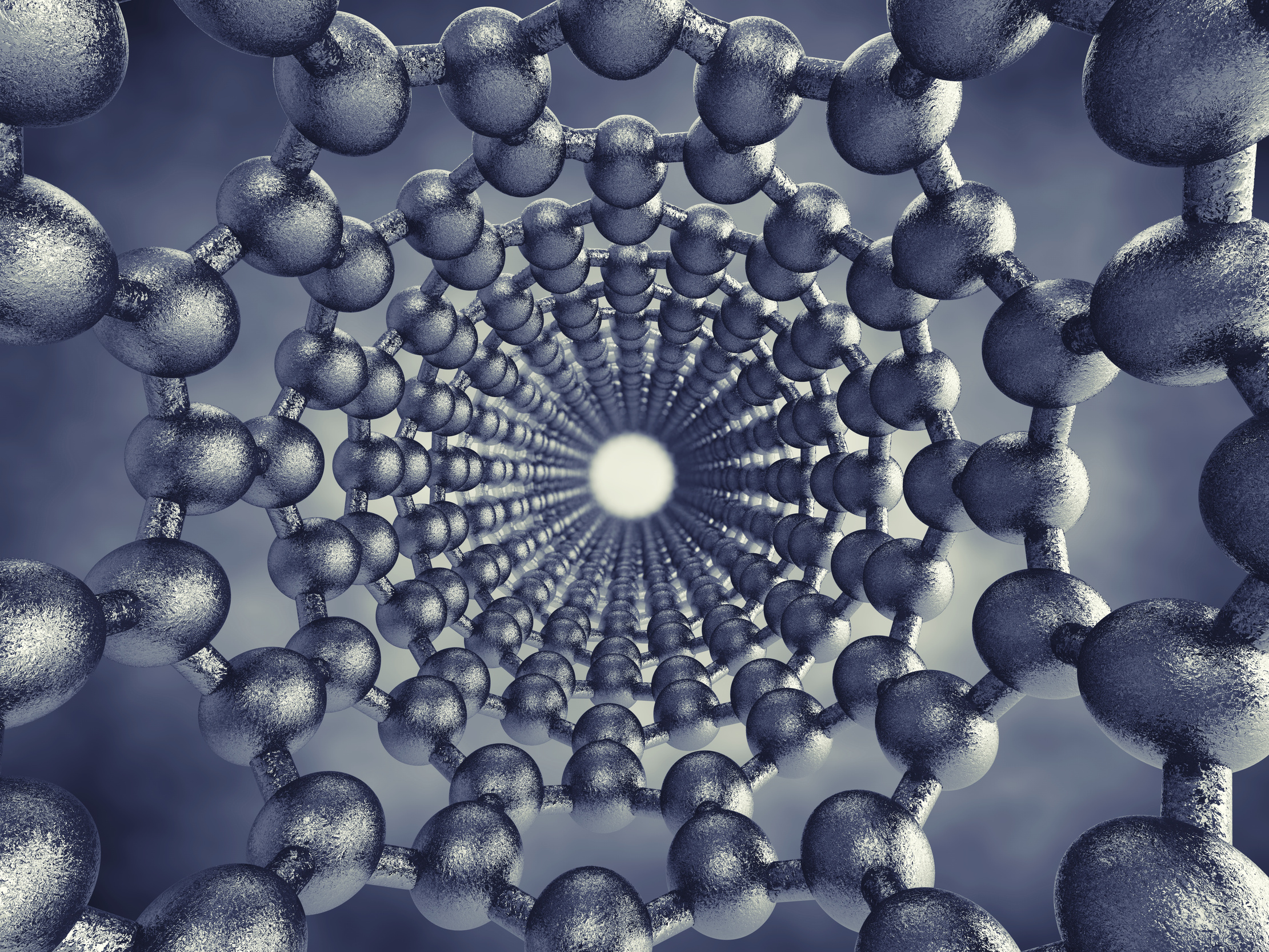Oxford University develops nanotrains
DNA-controlled self assembling networks can deliver cargo or signals.


The University of Oxford and the University of Warwick have developed DNA-controlled micro transport networks that are capable of self assembly and disassembly if required.
The system was inspired by melanophores, the subunit within fish cells that controls their pigments and can allow them to change colour.
Tracks in the network, which span tens of micrometers in length, all come from a central hub in a pattern the researchers behind the technology have likened to the spokes of a bicycle wheel.
DNA is an excellent building block for constructing synthetic molecular systems, as we can program it to do whatever we need. We design the chemical structures of the DNA strands to control how they interact with each other. The shuttles can be used to either carry cargo or deliver signals to tell other shuttles what to do.
Motor proteins, or shuttles', can then be programmed to move their cargo of pigment between the hub and the network and even to release it into the environment, where it disperses.
They can also be programmed to dismantle the network of tracks extending from the hub.
While this demonstration used fluorescent green dyes, the researchers claim the method could also be applied to other compounds.
The work of the two teams is, according to a statement from the University of Oxford, very similar, although the Oxford research also features nanobots, which are able to move tracks around, whereas the shuttles specialise in transportation.
Sign up today and you will receive a free copy of our Future Focus 2025 report - the leading guidance on AI, cybersecurity and other IT challenges as per 700+ senior executives
The institutions claim the technology could lead to the development of more sophisticated self-assembling systems in the future.
"DNA is an excellent building block for constructing synthetic molecular systems, as we can program it to do whatever we need," said Adam Wollman, who conducted the research at Oxford University's Department of Physics.
"We design the chemical structures of the DNA strands to control how they interact with each other. The shuttles can be used to either carry cargo or deliver signals to tell other shuttles what to do."
A full report on the projects is published in Nature Nanotechnology

Jane McCallion is Managing Editor of ITPro and ChannelPro, specializing in data centers, enterprise IT infrastructure, and cybersecurity. Before becoming Managing Editor, she held the role of Deputy Editor and, prior to that, Features Editor, managing a pool of freelance and internal writers, while continuing to specialize in enterprise IT infrastructure, and business strategy.
Prior to joining ITPro, Jane was a freelance business journalist writing as both Jane McCallion and Jane Bordenave for titles such as European CEO, World Finance, and Business Excellence Magazine.
-
 The six biggest security challenges coming in 2026
The six biggest security challenges coming in 2026In-depth What will be the main challenges businesses face in 2026 and what can they do to prepare?
-
 Channel focus: All you need to know about Microsoft's partner program
Channel focus: All you need to know about Microsoft's partner programChannel Focus The veteran OS developer and vendor continues to advance its strategy, particularly in Azure cloud solutions and AI